Blog
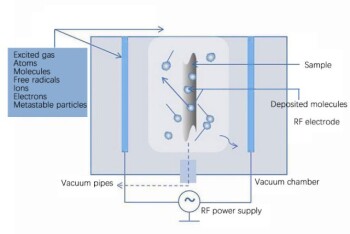
PECVD Nano-Coating Applications Beyond Waterproofing and Corrosion Prevention
11 months agoExplores diverse PECVD nano-coating applications including waterproofing, anti-corrosion, antibacterial, hydrophilic, and wear-resistant films.
Learn More
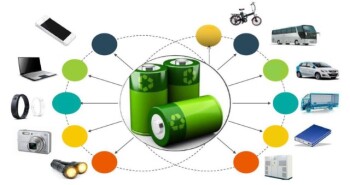
Carbon Coating for Surface Modification of Silicon-Based Materials in Lithium-Ion Batteries
11 months agoThis article discusses the application of carbon coatings to improve the performance of silicon-based anode materials in lithium-ion batteries.
Learn More

Technical Overview of Silicon-Carbon Anode Materials Prepared by CVD Method
11 months agoThis article discusses the key technical aspects of silicon-carbon anode materials prepared via CVD, focusing on their synthesis, performance improvements, and industrial application potential.
Learn More

Vapor Deposition Silicon Carbon Anode for Next-Generation Batteries
11 months agoExplores the potential of silicon-based anodes, focusing on vapor deposition technology and its impact on battery performance and cost.
Learn More
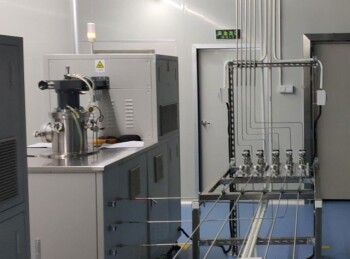
Introduction to CVD Chemical Vapor Thin Film Deposition Transport Systems
11 months agoOverview of CVD process, components, and systems for thin film deposition.
Learn More
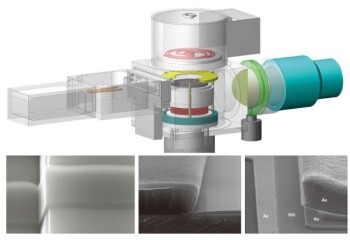
Comparison and Application Analysis of LPCVD, PECVD, and ICPCVD Processes
11 months agoA detailed comparison of LPCVD, PECVD, and ICPCVD technologies, focusing on principles, features, advantages, and disadvantages.
Learn More

Vacuum Coating Technology: Development and Application
11 months agoExplores the evolution, methods, and applications of vacuum coating technology, focusing on PVD and its impact on industrial tools and molds.
Learn More

Impact of Silicon Nitride Film Preparation Processes on Thickness Control Accuracy
11 months agoAnalyzing the influence of different silicon nitride film preparation processes on thickness control accuracy in semiconductor manufacturing.
Learn More
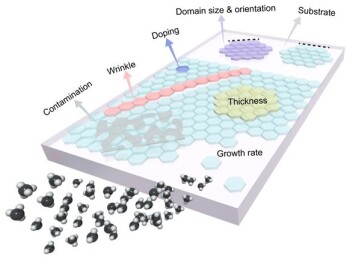
Preparation and Transfer Technology of Graphene by Chemical Vapor Deposition
11 months agoThis article reviews the preparation methods of graphene, with a focus on CVD technology, its transfer techniques, and future prospects.
Learn More
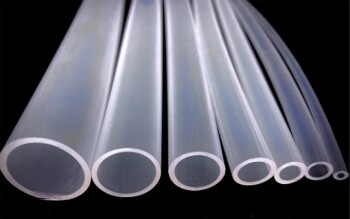
Chemical Vapor Deposition (CVD) Process and High Purity PFA Tubing
11 months agoAn overview of the CVD process and the role of high purity PFA tubing in semiconductor manufacturing.
Learn More

Advanced Surface Treatment: Titanium CVD Coating
11 months agoExplores the benefits and applications of CVD coatings on titanium alloys, focusing on wear resistance, corrosion resistance, and thermal stability.
Learn More
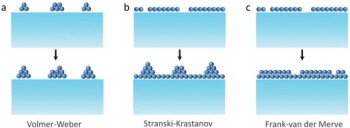
Coating Methods for Growing Single Crystal Films
11 months agoAn overview of various coating methods like CVD, PVD, and Epitaxy for growing single crystal films.
Learn More

Comprehensive Overview of 12 Types of Chemical Vapor Deposition (CVD) Techniques
11 months agoExplore the diverse methods of CVD, from plasma-enhanced to ultra-high vacuum, and their applications in semiconductor and material science.
Learn More

Advantages, Limitations, and Process Control of Chemical Vapor Deposition (CVD) Technology
11 months agoExplores the benefits, constraints, and process management of CVD technology for surface coatings.
Learn More

In-Depth Examination of Chemical Vapor Deposition (CVD) Coatings
11 months agoA comprehensive exploration of CVD technology, its principles, characteristics, classifications, new advancements, and applications in various fields.
Learn More

Chemical Vapor Deposition (CVD) and Electronic Specialty Gases
11 months agoAn overview of CVD technology and the role of electronic specialty gases in semiconductor fabrication.
Learn More
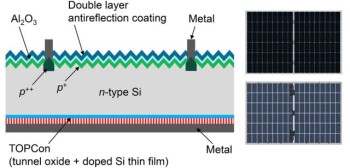
Photovoltaic Passivation Layer Thin Film Deposition Process
11 months agoDetailed analysis of the passivation layer thin film deposition methods in TOPCon cells, including PVD and CVD technologies.
Learn More

Comprehensive Overview of CVD Inorganic Thin Film Deposition Methods
11 months agoThis article details various CVD and PVD methods for inorganic thin film deposition, including their processes, applications, and comparisons.
Learn More

Precision Tuned Thin Film Technology: Chemical Vapor Deposition (CVD) in Chalcogenide Solar Cells
11 months agoExplores the role of CVD in improving the performance and scalability of chalcogenide solar cells, with a focus on its advantages and applications.
Learn More

Sample Preparation Guidelines for Various Analytical Instruments
11 months agoDetailed instructions for preparing samples for NMR, MS, Chromatography, IR, UV, ICP, Thermogravimetric, XRD, TEM, SEM, and other instruments.
Learn More

X-Ray Fluorescence Spectrometer: Powder Compression Method for Sample Preparation
11 months agoThis article discusses the powder compression method in XRF spectral analysis, focusing on sample preparation techniques and equipment.
Learn More
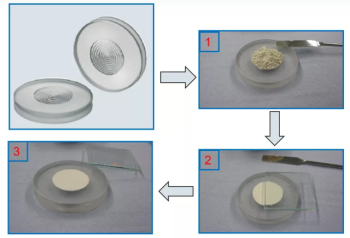
Preparing XRD Samples: A Comprehensive Guide
11 months agoDetailed steps and requirements for preparing samples for X-ray diffraction experiments.
Learn More

Infrared Spectroscopy Sample Preparation and Handling
11 months agoDetailed guide on preparing and handling solid, liquid, and gas samples for infrared spectroscopy.
Learn More
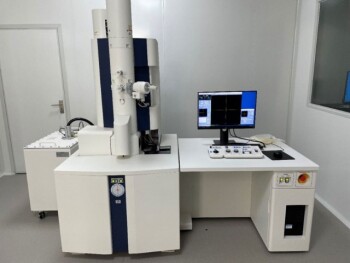
Transmission Electron Microscopy Sample Preparation: From Basics to Practical Skills
11 months agoDetailed guide on TEM sample prep, covering cleaning, grinding, polishing, fixation, and covering techniques.
Learn More
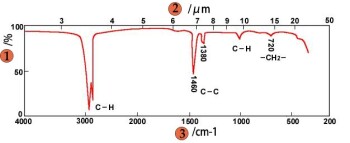
Six Sample Preparation Techniques for Infrared Spectroscopy
11 months agoAn overview of various sample preparation methods for infrared spectral analysis.
Learn More
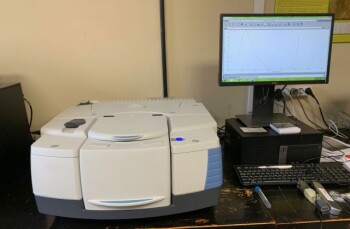
In Situ Infrared Spectroscopy: Principles, Sample Requirements, and Preparation Methods
11 months agoAn overview of the principles, sample requirements, and preparation methods for in situ infrared spectroscopy.
Learn More
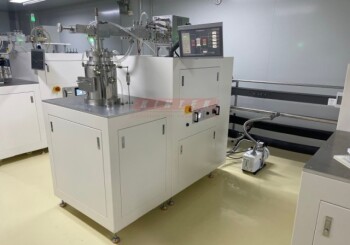
Preparation and Growth Mechanism of Diamond Thin Films by Chemical Vapor Deposition
11 months agoThis article explores the preparation methods and growth mechanisms of diamond thin films using Chemical Vapor Deposition (CVD), highlighting the challenges and potential applications.
Learn More

Advanced Applications of Cultivated Diamonds in Semiconductors and High-End Manufacturing
11 months agoDiscusses the use of cultivated diamonds in semiconductors, heat dissipation, and advanced manufacturing.
Learn More

Market Prospects and Applications of CVD Diamonds
11 months agoExplores the unique properties of CVD diamonds, their preparation methods, and diverse applications in various fields.
Learn More

MPCVD Single Crystal Diamond Applications in Semiconductor and Optical Display Fields
11 months agoThis article discusses the applications of MPCVD single crystal diamond in semiconductor and optical display fields, highlighting its superior properties and potential impact on various industries.
Learn More